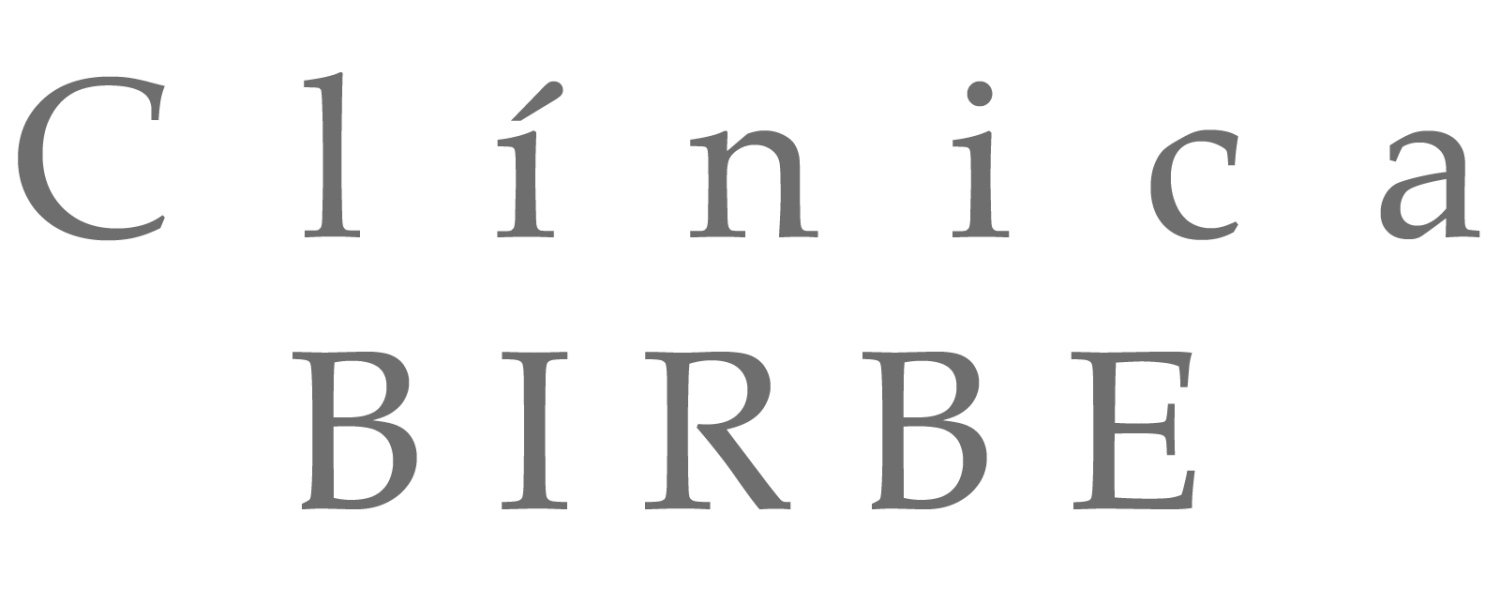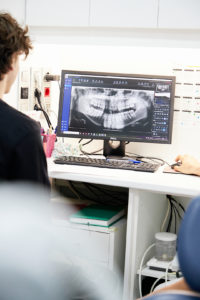Facial asymmetry, characterized by unbalanced facial features, not only affects aesthetics but also leads to functional issues like chewing or breathing difficulties. Orthognathic surgery emerges as a recommended solution for addressing facial asymmetry. In this article, we explore the detection, diagnosis, and corrective intervention of facial asymmetry through orthognathic surgery.
Treatment Phases for Facial Asymmetry
Facial asymmetry arises from significant differences in the shape, size, or position of facial structures, including bones, muscles, and soft tissues, which can be congenital or acquired. Accurate diagnosis is pivotal in devising an optimal treatment plan, where the surgeon carefully considers the patient’s needs, desires, and expectations.
At Birbe Clinic, we prioritize the initial consultation with the surgeon, ensuring thorough tests and examinations are conducted, and treatment details are comprehensively discussed before proceeding.
Orthognathic surgery addresses bone and dental irregularities in the face and jaw, enhancing facial aesthetics and rectifying functional issues related to chewing, breathing, and speech. We outline the three phases of orthognathic surgery at our clinic:
1. Preliminary evaluation: Comprehensive planning, including facial and dental analysis utilizing cutting-edge technology, alongside detailed discussions with our maxillofacial surgery expert, to align expectations with anticipated outcomes.
2. Surgical procedure: Incisions made within the mouth provide access to the maxillary and/or mandibular bones, allowing the surgeon to reposition them according to the predetermined plan.
3. Recovery and follow-up: Postoperative instructions are provided to facilitate a smooth recovery process, emphasizing dietary guidelines and oral hygiene practices for optimal healing.
Benefits of Orthognathic Surgery for Facial Asymmetry
Orthognathic surgery offers numerous advantages in addressing facial asymmetry:
– Enhanced facial aesthetics: Correcting facial asymmetry leads to a more balanced and harmonious appearance.
– Improved functionality: Alleviation of chewing difficulties, breathing issues, and temporomandibular joint (TMJ) discomfort, enhancing speech and eating capabilities.
– Correction of dental problems: Resolving issues like malocclusion (incorrect bite) and dental crowding.
– Long-lasting results: While a recovery period may be necessary, the benefits of orthognathic surgery are enduring.
– Personalized treatment: Tailored to individual patient needs, ensuring the most appropriate and effective intervention.
By addressing both aesthetic concerns and functional impairments, orthognathic surgery significantly enhances quality of life, boosting confidence and comfort.
Conclusion
Orthognathic surgery stands as a popular choice for treating facial asymmetry among Birbe Clinic patients. For further information, to schedule a consultation, or to receive a detailed estimate, please contact us at +34 932 124 737, via WhatsApp at +34 626 852 363, or email us at clinica@birbe.org.
Article written by the Birbe Editorial Committee




